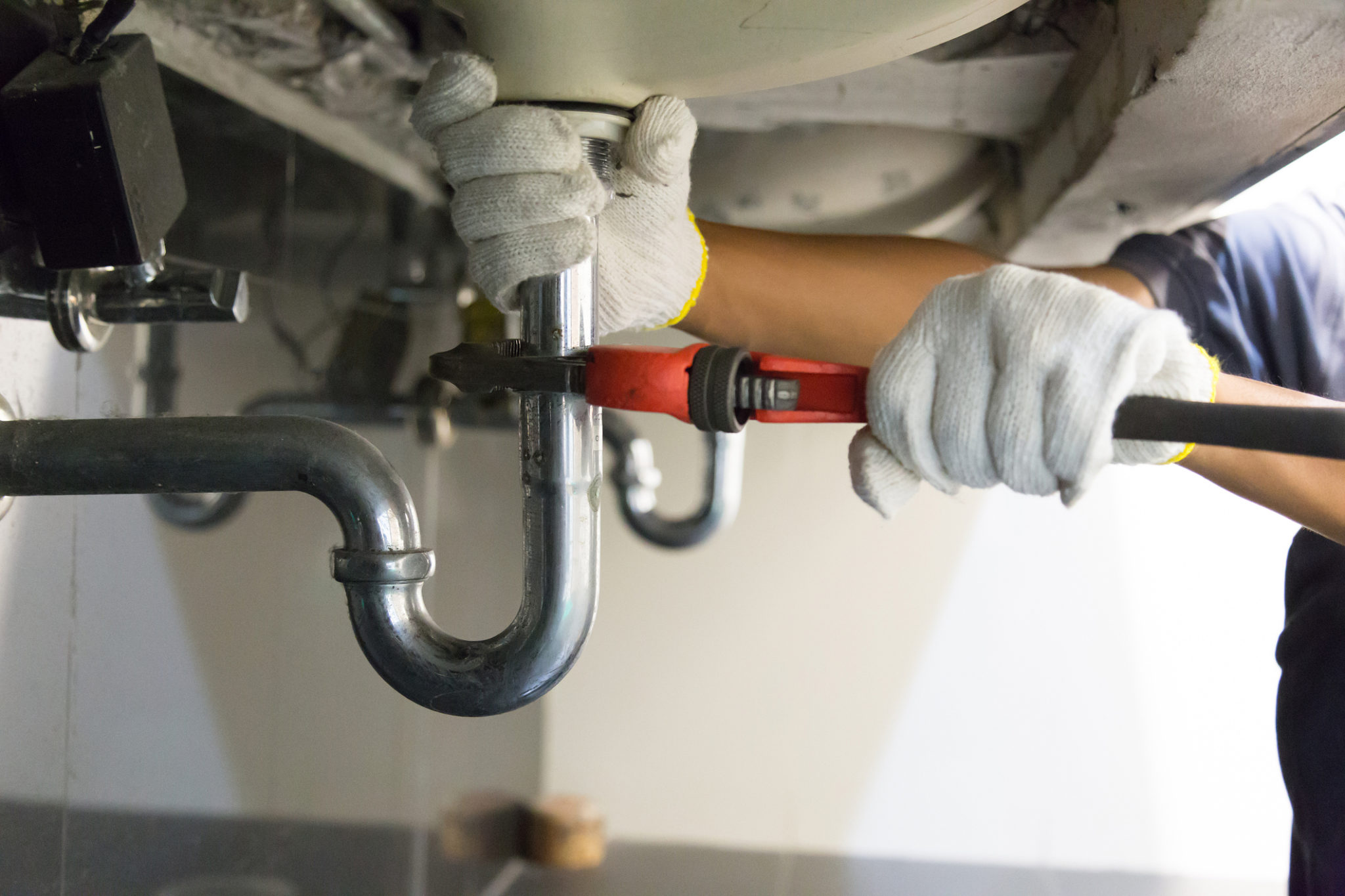Consumer College - Pontoons Companies
Consumer College - Pontoons Companies
Blog Article
Knowing when to hire a professional plumber can save you a lot of cash in the long run. You should contact a licensed plumber when a plumbing problem requires the expertise and skill of a professional. Please remember that you can prevent many serious problems and emergencies by hiring an experienced professional when you have a problem with your plumbing system. Keep reading if you want to find out what kind of problems require the expertise of a professional.
Most good local plumber will recommend replacing a gate valve regardless of its condition. The time to discover if it will work is not during a flood in your bathroom. If you have it replaced with a ball valve then check your water heater and laundry valves, too. Have them replaced at the same time with premium ball valves. Ball valve laundry bibbs make it easy to shut off the water to the washer after each use which may help to prevent floods in the future.
49. If you get lost at night water line repair stop and gain time to sort out the problem. Motor into wind or tide so there is the least amount of speed over the ground. This gives the navigator a better chance of gathering his thoughts.

When trying to locate a plumber, be sure they have had proper training. There are three types of plumbers and they are classified by the amount of training they have. An apprentice plumber receives training through a local union. They follow an apprenticeship program for about three or four years. They learn through on-the-job training and some classroom structure. An apprentice plumber does get paid for on-the-job training.
Dirty waste water, after all, leaves your house following the law of gravity. Waste water goes downward to the sewer or septic tank, nice and easy. Behind this simple rule is the multitude of vents and traps to keep the process of waste removal possible. Vents allow air to fill drainpipes, precious air that allow waste water outflow. Traps are those curved S-shaped sections of the pipes under the sink drain. Traps perform a crucial role in forcing most of the water through the drainpipe, but leaving some to seal the area and prevent sewer gas from backing up.
The first step in the replacement project is to turn off the water line repair to the toilet and flush any water that may be in the tank. If you forget this step, you will have a giant mess to clean up! You should now disconnect that water line.
The way a toilet plunger works is by filling up with water and then pushing that water through the stopped up drain. When unclogging a clogged toilet, the idea is to plunge up and down a couple of times so the plunger fills with water and then jam the open end, sometimes called a force cone, into the waste outlet in the plugged toilet and start plunging. You may have to pump the plunger up and down several times to clear the blockage.
Once you've located the water shut off, turn it off. Now, you can turn your attention to trying to contain the water damage caused by any leaking. Get towels, fans, blankets, or anything else to try and sop up water that is sitting on carpet or wood floors. Linoleum floors usually don't undergo much damage from having water sitting on them, unless there are cracks in the linoleum (often invisible) where the water can seep in. When your Queens plumber arrives, you will be one step ahead by following these instructions. Report this page